Description
Optolong L-eNhance Light Pollution Filter – EOS APS-C s a triple-bandpass narrowband filter designed for imagers with light polluted skies.
Consider also the Optolong L-Pro Filter where LP conditions are more favourable.
COMPATIBILITY
LENSES:
Compatible with all EF lenses, but not compatible with EF-S lenses.
CAMERAS:
Canon EOS 7D mk II, 80D, 800D, 77D, 70D, 760D, 750D, 700D, 650D, 600D, 550D, 500D, 450D, 400D, 100D, 1100D, 1200D, 1300D and other Canon EOS APS-C bodies
The relentless spread of urbanization and its associated light pollution have become a growing problem for all amateurs and astro photographers. The current solutions to the problem can be expensive and might include the purchase of a monochrome camera, several types of narrowband filters and a filter wheel.
L-eNhance provides an economical and practical solution for amateurs. It is a triple-band pass filter which has been designed for DSLR (digital SLR), colour CMOS and CCD cameras. The convenience and cost effectiveness of this filter allows amateurs to image a rich selection of astronomical images, even in bright, heavily light-polluted areas.
Optolong believes the design of our L-eNhance filter is a technical innovation among filters. It effectively isolates the H-Alpha, H-Beta, and Oxygen III nebula emission lines and achieves a maximum transmission of up to 90%. The performance of this filter delivers images that superbly control the impact from light polluted skies.
Read the Sky and Telescope Review of the Optolong L-eNhance filter. Click here!
L-eNhance Filter Spectrum Curve
According to the characteristics of celestial body emission lines and feature of light pollution span of spectrum, Optolong specially designed and optimized trip-band L-eNhance filter in order to retain the prominent color of nebula RGB while blocking out most of light pollution. Spectrum as shown below:
| Substrate: | B270 |
| Thickness: | 1.85mm |
| Tpeak: | T>90% |
| Blocking range: | 300-1000nm |
| Blocking depth: | light pollution line blocking >99% |
| Surface quality: | 60/40 |
| Transmitted Wavefront RMS: | λ/4 |
| Parallelism (arcsec): | 30s |
The Major Emission Lines of Nebulae: H-α 656.3nm, H-β486.1nm, OIII 495.9nm, OIII 500.7nm
The Major Emission Lines of Artificial Light Pollution: Hg 435.8nm, 546.1nm, 577nm, 578.1nm, Na 598nm, 589.6nm, 615.4nm, 616.1nm
Optolong will continue to optimize the product according to actual testing, therefore the above curve is not to be used as the final product data.
Available Sizes
1.25” mounted, 2” mounted and EOS APS-C clip filter are available now.
Other sizes will be listed when available.
Sample photos
Imaging Target: Vela Supernova Remnant
Camera : CentralDS Astro A7s (cooled at -2C)
Lens : Canon EF 300mm f/4L (non-IS)
Filter : Optolong L-eNhance
ISO : 6400
Tracker : Star Adventurer
Autoguide : none
Exp time : 1min X 81frames
w Dark, Bias frames
process with PI, PS CC
Offered by Optolong co-photographer Vincent Cheng
After a simple red structure transformation, the effect of SHO Hubble colour can also be simulated. Compared with the previous narrow band filters of Ha, SII and OIII, the L-eNhance filter is a good substitution. This one filter is multi-purpose and worth having!
Imaging Target: NGC 3372 Eta Carinae
Camera: QHY168C
Telescope: Pentax 100 SDUF II F/4
Filter:Optolong L-eNhance
Exposure:
Light Frames 15 x 240sec
Dark Frames 15 x 240sec
Bias Frames 50 x 0.001sec
Flat Frames 15 x 0.55sec
Software: SIRIL & Pixinsight 1.8.6
Offered by Optolong co-photographer Tommy Lim
More will come soon !
Package Details
- Silver cardboard box
- Plastic PP box
- Imported high pressure EVA case lining
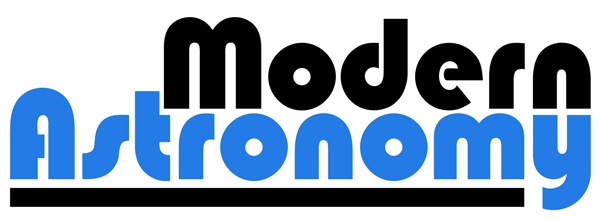
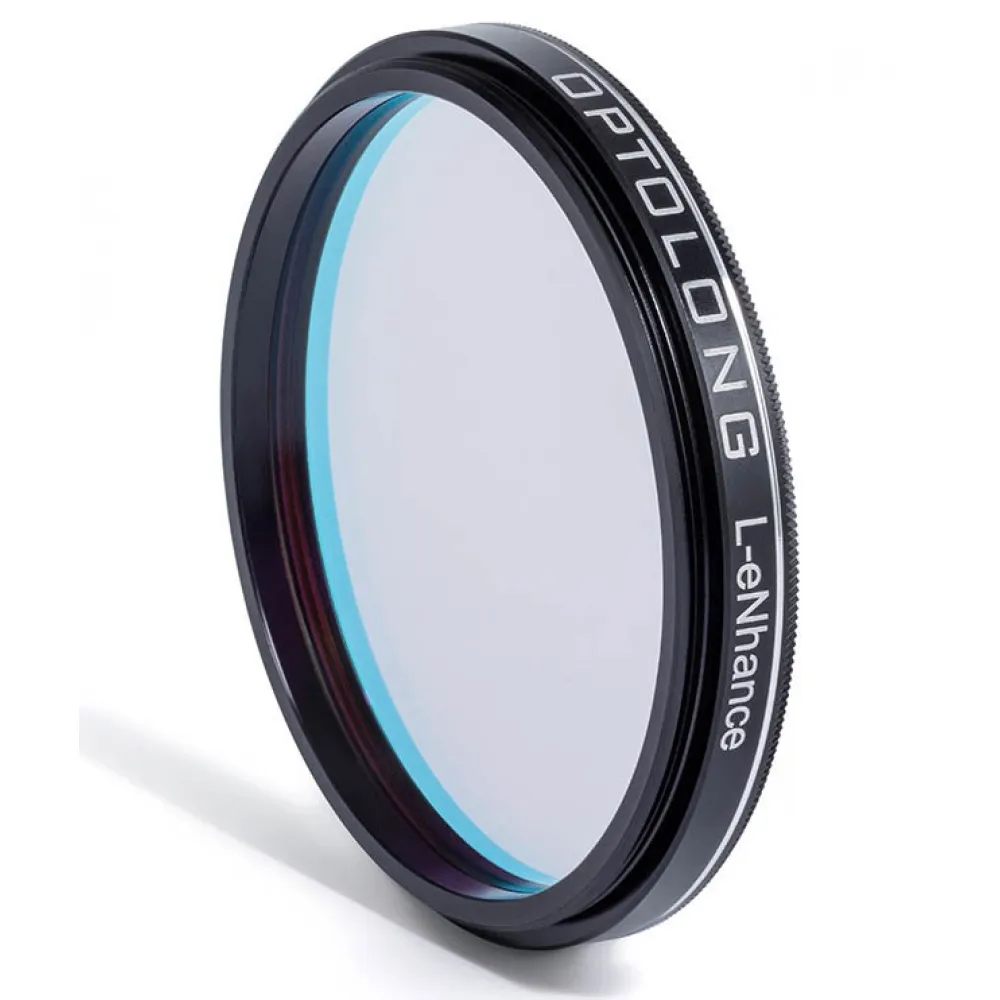
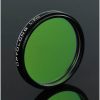
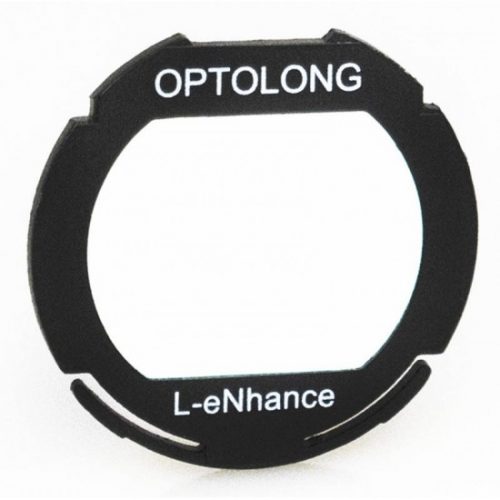





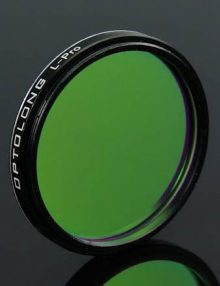


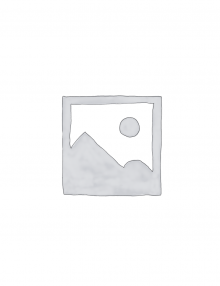
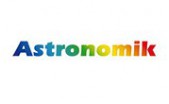
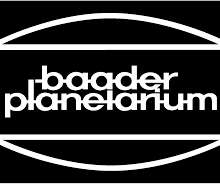
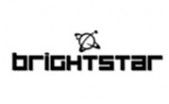
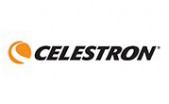
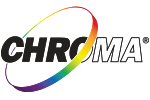

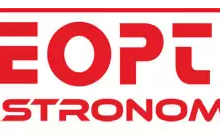
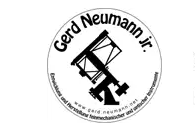

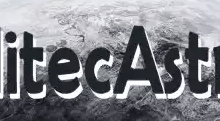
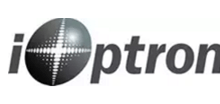


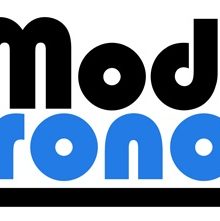
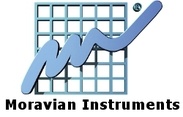

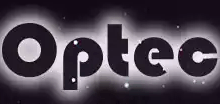
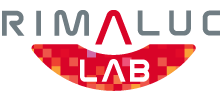




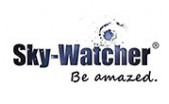




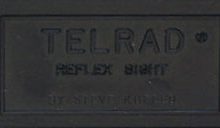
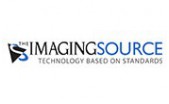
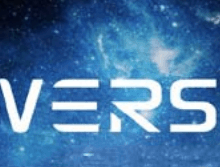


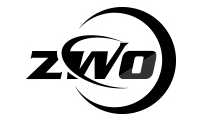

Reviews
There are no reviews yet!